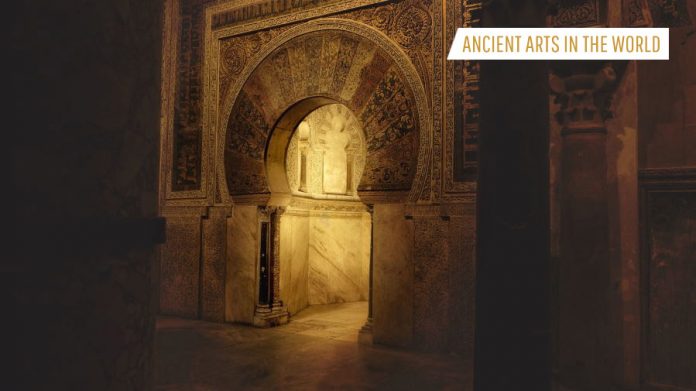As the name says, ancient arts are art works from ancient times, the Palaeolithic period to the Middle Ages. Early humanity, ancient civilizations, and early societies created ancient arts. From cave paintings to sculptures, ancient arts were mostly utilitarian, and it differed from civilization to civilization.
Since the beginning of human evolution, art has been a means of expression. Moreover, ancient arts, such as prehistoric sculptures and cave paintings, implies that humans have practiced a variety of artistic mediums throughout evolution.
In this blog, we present the top ten ancient arts in the world, which shed information on the evolution of human civilization and practices.
10. Xia Dynasty Chinese Bronze Works
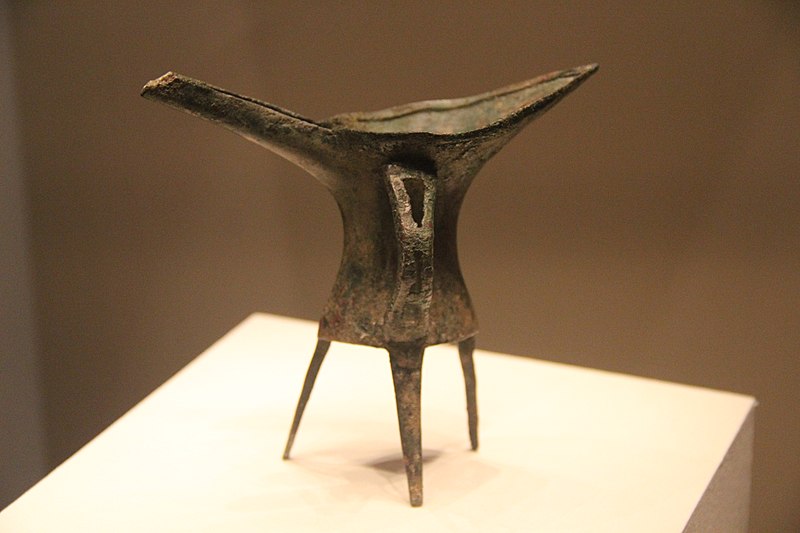
Period: From1,750 BCE
According to conventional Chinese historiography, the Xia dynasty is the earliest dynasty. Tradition holds that the legendary Yu the Great founded the Xia dynasty after receiving the throne from Shun, the final of the Five Emperors. According to conventional historiography, the Shang dynasty later succeeded the Xia.
It introduces us to the Xia Dynasty civilization, represented by bronze plaques/sculptures cast in a single mold with jade embellishment. It is present in the Henan Province’s Yellow River Basin.
9. Chalcolithic Pottery
Period: 5,000-3,500 BCE
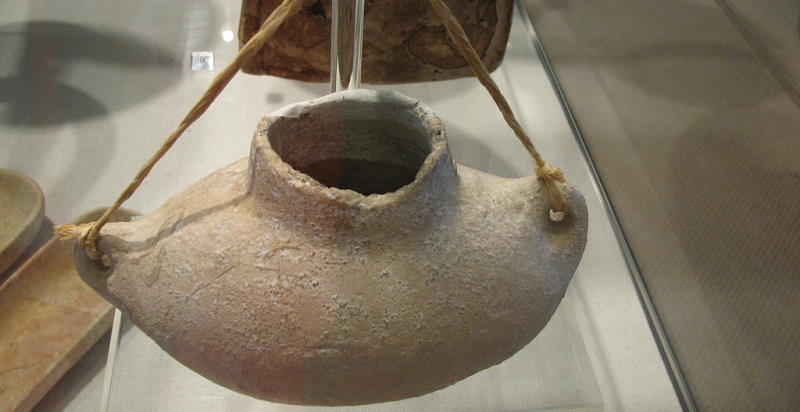
In the Copper Age, also called as the Chalcolithic, copper was frequently manipulated by humans before bronze alloys were discovered. Although past scholars classified the time as a transitional period between the Neolithic and the Bronze Age, modern researchers now view it as a subdivision of the larger Neolithic. It is the first of the Metal Ages’ three phases.
The Chalcolithic culture was famous for its wheel-made pottery, which was primarily red and orange. The Chalcolithic people made use of a variety of ceramic types. The ceramic ware was painted with images of humans, birds, plants, or animals. The remnants of these ancient arts are present in Iran (Persia).
8. Catal Huyuk Chalcolithic Archeological Site
Period: 7,500-5,700 BCE
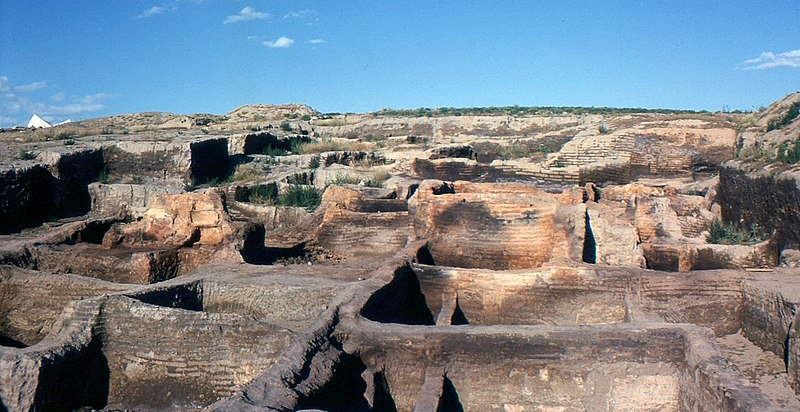
Catalhöyük is one of the most important sites for comprehending human prehistory, since it is a very unusual example of a well-preserved Neolithic settlement. The site is remarkable for its size and longevity, its unique design of back-to-back buildings with roof access, and the existence of a diverse collection of features, such as wall murals and reliefs that depict the symbolic world of the occupants.
Two tells that rise up to 20 metres above the Konya plain on the Southern Anatolian Plateau make up the expansive archaeological site of Atalhöyük. The terracotta clay sculpture “The Enthroned Goddess of Catal Huyuk,” depicts a Mother Goddess figure poised to give birth while perched on a throne. It is one of the most famous examples of Neolithic art to come from this important Neolithic art center. You can see it in Anatolia, Turkey’s Catal Huyuk.
7. Tassili-n-Ajjer Rock Art
Period: 8,000 BCE
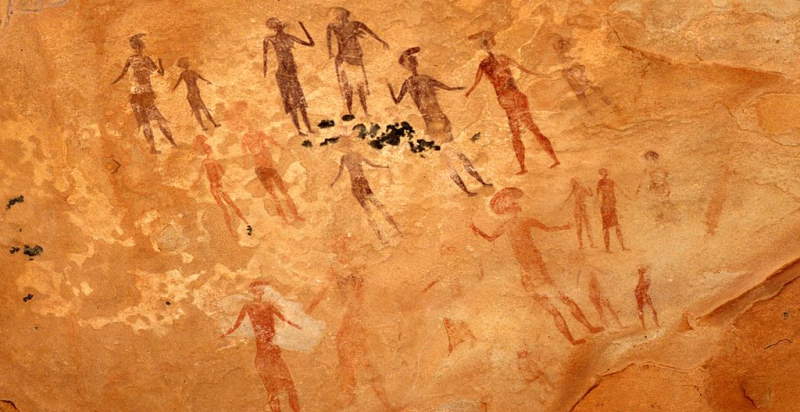
With more than 15,000 engravings and paintings documenting climatic change, animal migrations, and the emergence of people on the border of the Sahara, Tassili n’Ajjer rock art is the most eloquent depiction of relationships between humans and the environment.
Mesolithic art is a significant component of African art, and the Tasili-n-Ajjer plateau is famous for its engravings or paintings of animals and people. It denotes an ancient tradition which is in Africa now.
6. The Swimming Reindeer
Period: 11,000 BCE
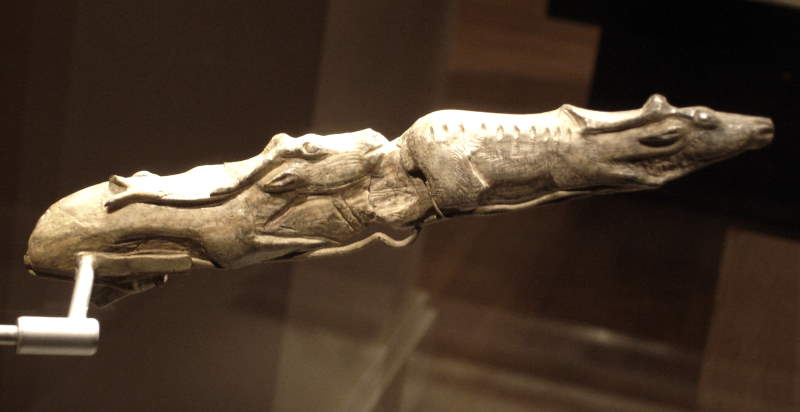
The British Museum in London houses this late Ice Age sculpture depicting two swimming reindeer cut from the tip of a mammoth tusk. In 1866, archeologists discovered it in the caves of Montastruc, Tarn and Garonne.
If you look closely, you can see that this tiny sculpture is actually the culmination of four different stone-working techniques. Using a stone knife and scraper, the animal’s outline was whittled after the tusk tip was removed. Then, after rubbing with chamois leather, they polished the entire item with a solution of iron oxide powder and water. Finally, the intricacies of the eyes and body marks were minutely engraved using a stone engraving tool. This is a really intricate piece of art, both in design and execution.
5. Tuc d’Audoubert Bison Sculpture
Period: 13,500 BCE

Although people knew about the Tuc d’Audoubert cave from the late 17th or early 18th century, the bison reliefs weren’t discovered until 1912. The Count Begouen family is the owner of the three caves. To avoid harm from visitors, the location is currently off-limits to the general public.
Tuc d’Audoubert Cave has charcoal drawings, animal paintings, and rock carvings, but it is famous for two soft clay relief sculptures of bison. The artist’s fingers and nails mark the relief, explaining Magdalenian civilization. It is now preserved in Ariege, France’s Central Pyrenees.
4. Amur River Basin Pottery
Period: 14,300 BCE
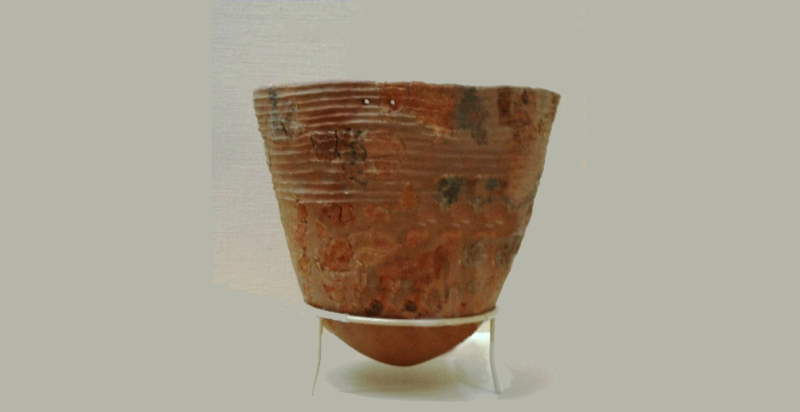
Few people realise that the first pottery evolved simultaneously in two separate locations linked to two different archaeological complexes, the Gromatukha and Osipovka, while the Amur River valley is popular as one of the places where it first happened.
The Amur region, heavily inspired by Chinese pottery, had a mild monsoon climate and a wetland environment that supported both a Palaeolithic and a Neolithic ceramic industry. It is the Late Palaeolithic Culture of Siberia, now in Amurskaya Oblast, Russia’s Far East.
3. Koonalda Cave Art
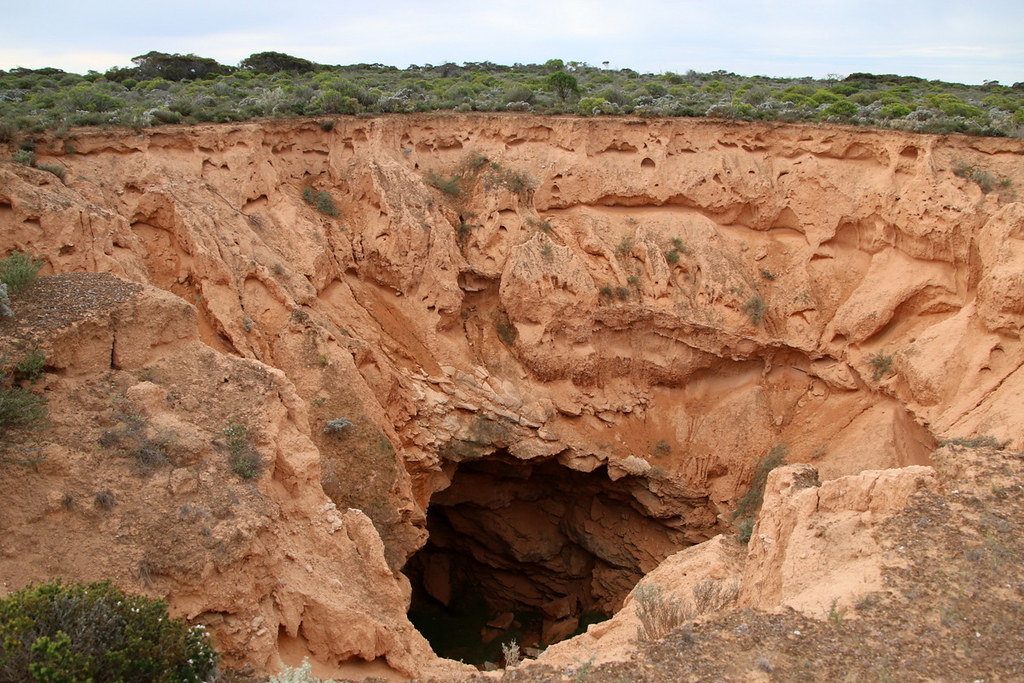
Period: 18,000 BCE
Archaeologists discovered the cave in 1956, after it had been abandoned for 19,000 years. Aboriginal people used the cave 22,000 years ago, according to an analysis of finger imprints and archaeological relics.
Parallel finger-marked geometric lines and patterns cover thousands of square metres of the cave; this Aboriginal Australian art is around 20,000 years old. Also, the Koonalda Cave, located 200 feet below the Nullabor Plain in South Australia, includes the earliest and greatest specimens of Aboriginal finger-flute music.
2. Cosquer Cave Paintings
Period: 25,000 BCE
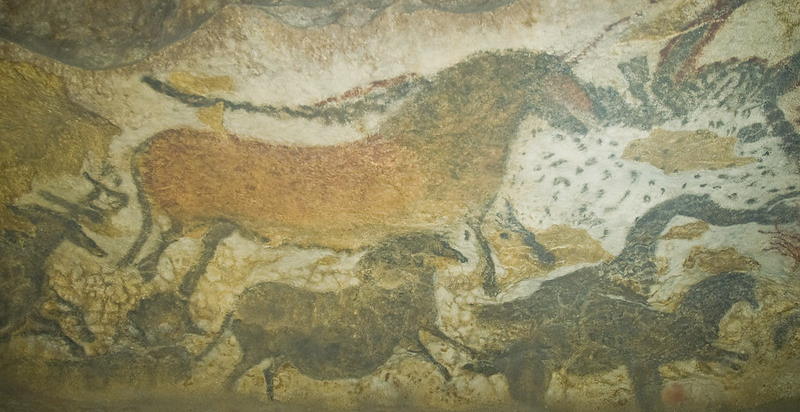
Cosquer Cave contains 500 drawings and engravings from two independent eras of occupation, the first 27,000 years ago and the second 19,000 years ago. Half of them depict animals drawn in bold lines, such as bison, antelopes, ibex, seals, auks and many horses.
In addition, hand stencil art, cave paintings, and abstract symbols describe the Gravettian Culture. It comprises the Cosquer Cave, the Calanque de Morgiou, and Marseille, all housed at the French museum.
1. Fumane Cave Paintings
Period: 35,000 BCE
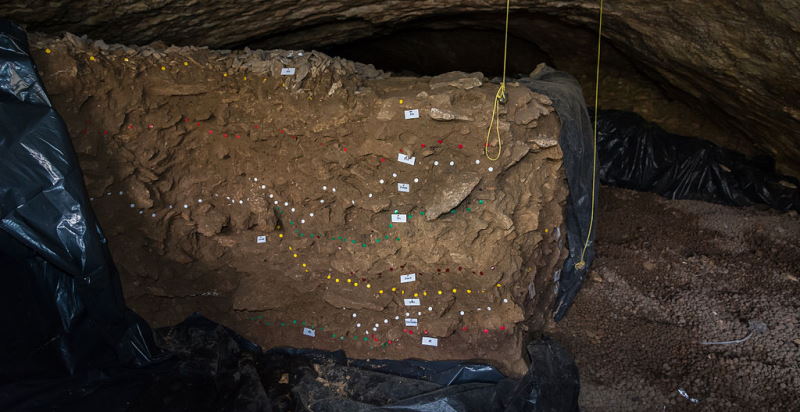
Initially used as a shelter, Fumane Cave dates back 90 000 years to the prehistoric period. There are evidences of human presence and remains between 60 000 and 25 000 years ago, after glaciers closed the cave’s entrance.
It showed animals and anthropomorphic figures in symbolic images. The oldest art form in Italy and the world’s oldest figure painting describes and presents the Aurignacian civilization today thriving in Verona’s Lessini Hills.
Conclusion
Beautiful sculptures and cave paintings discovered in many locations around the globe demonstrate that art was practised extensively ever since human habitation began. Moreover, ancient art places a strong emphasis on history, and it is influenced by the various civilizations, religions, and political environments in which it was created. Besides, ancient art is famous for its stern, accurate, and realistic depictions of life.
